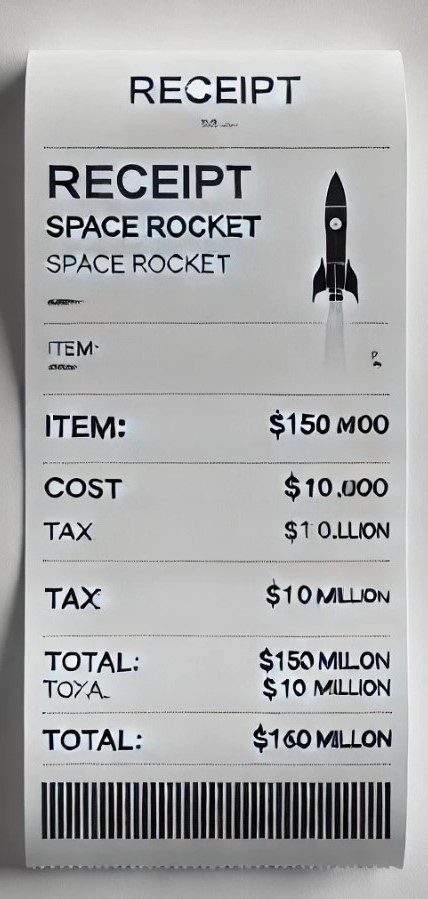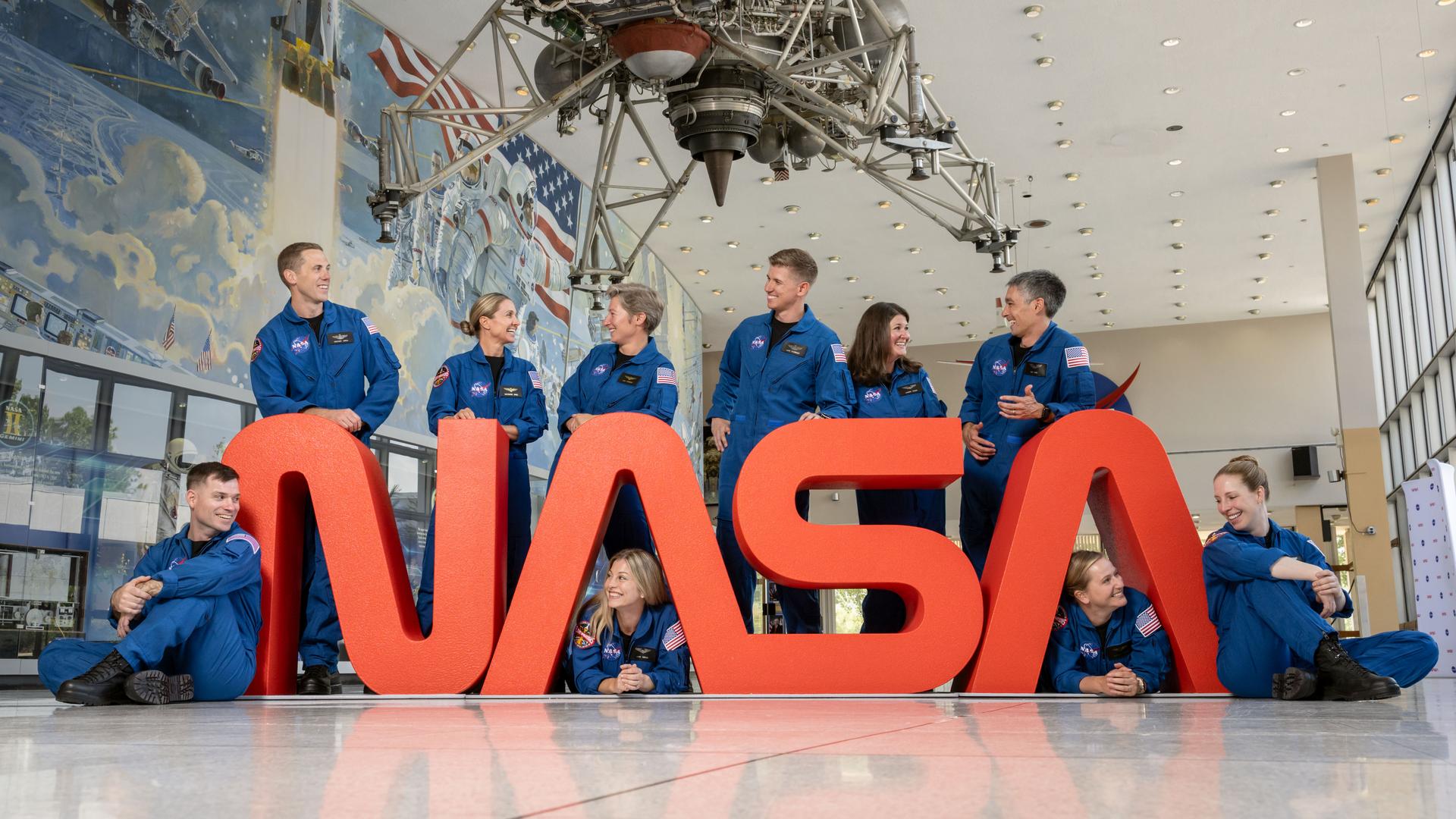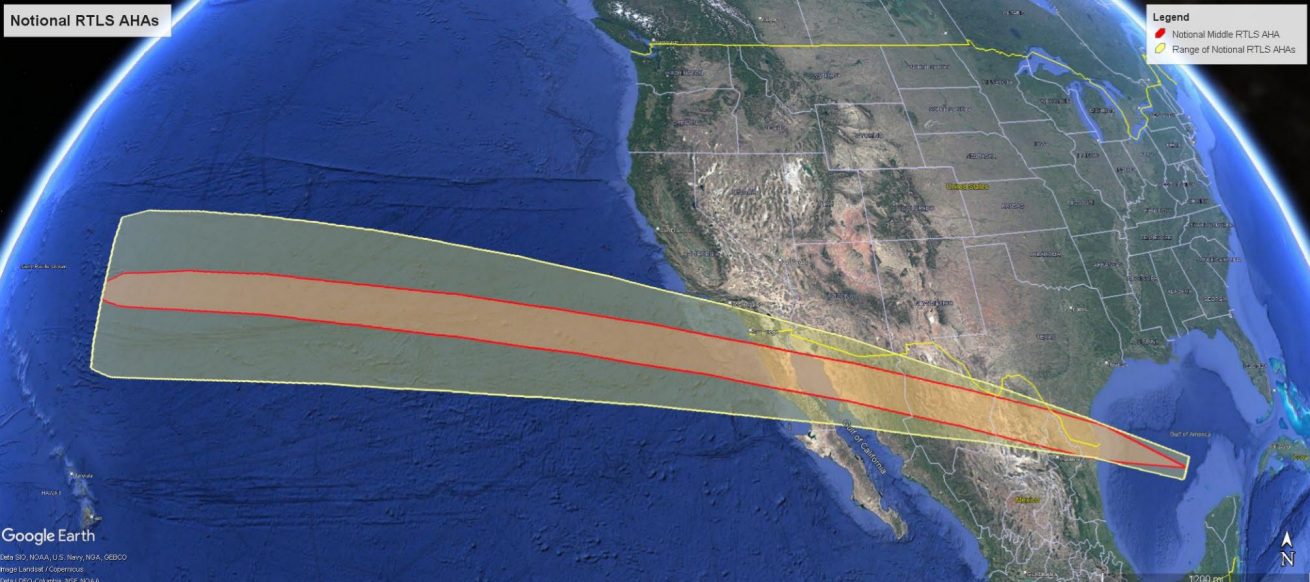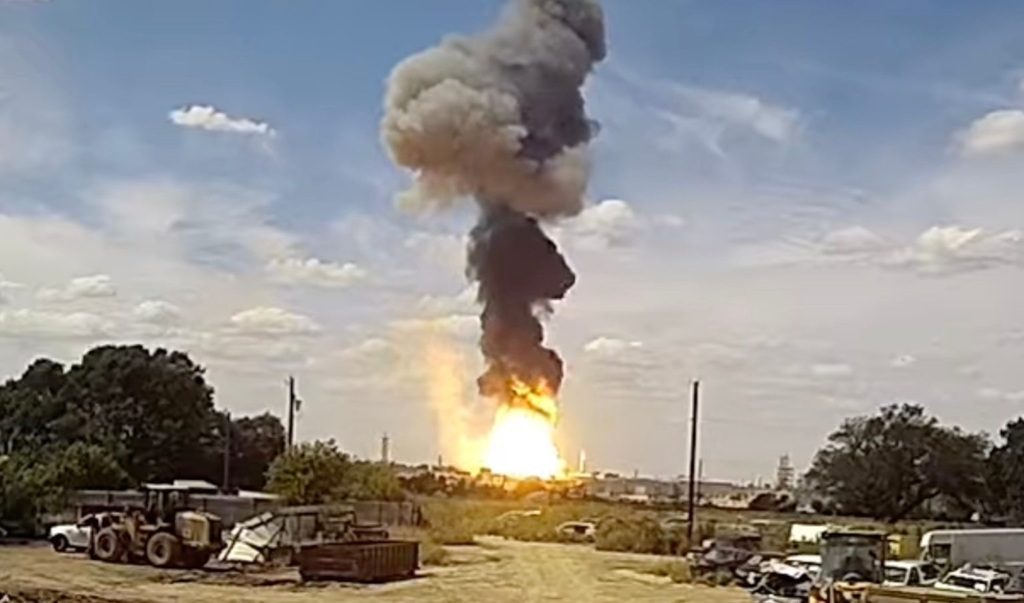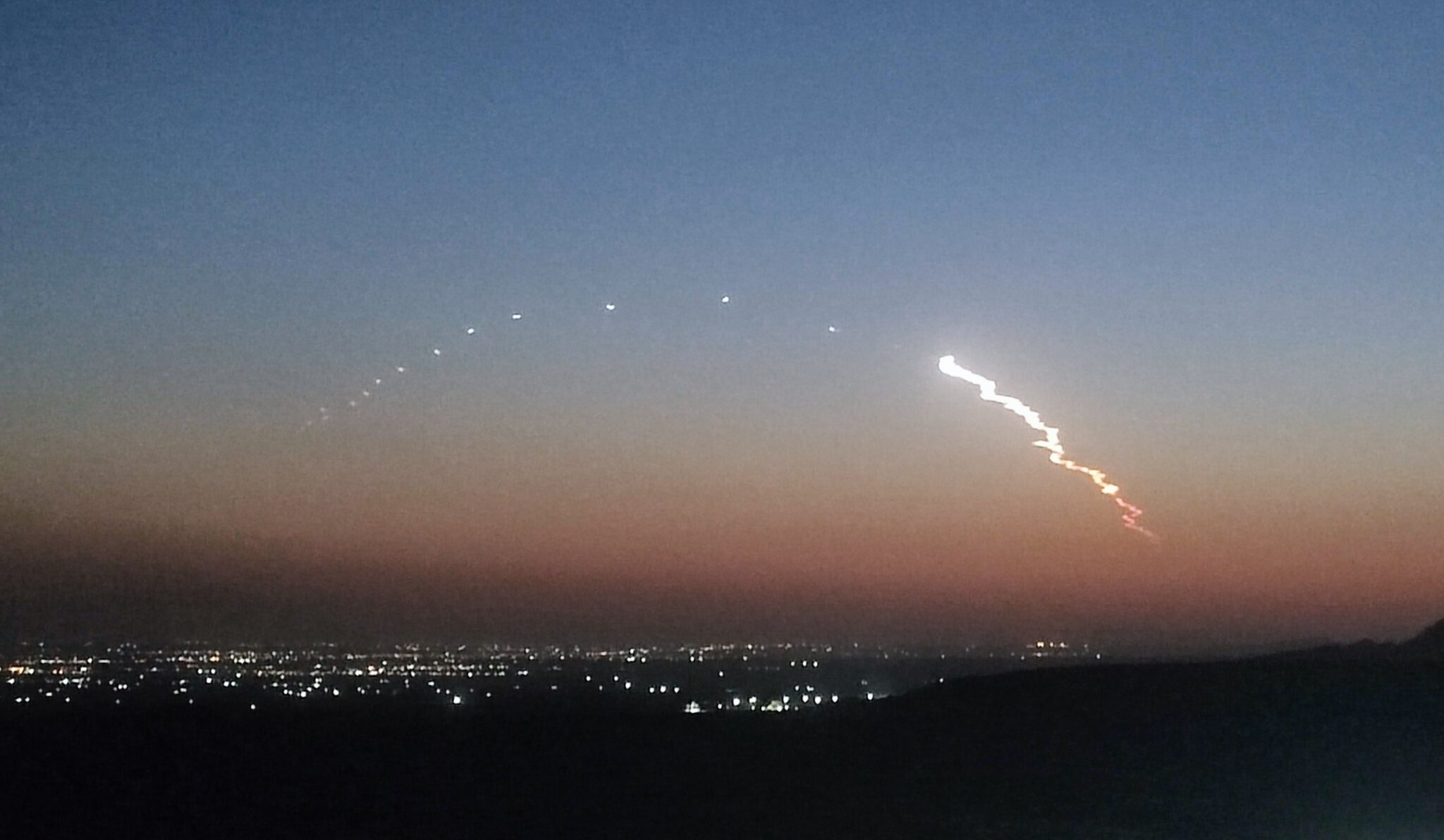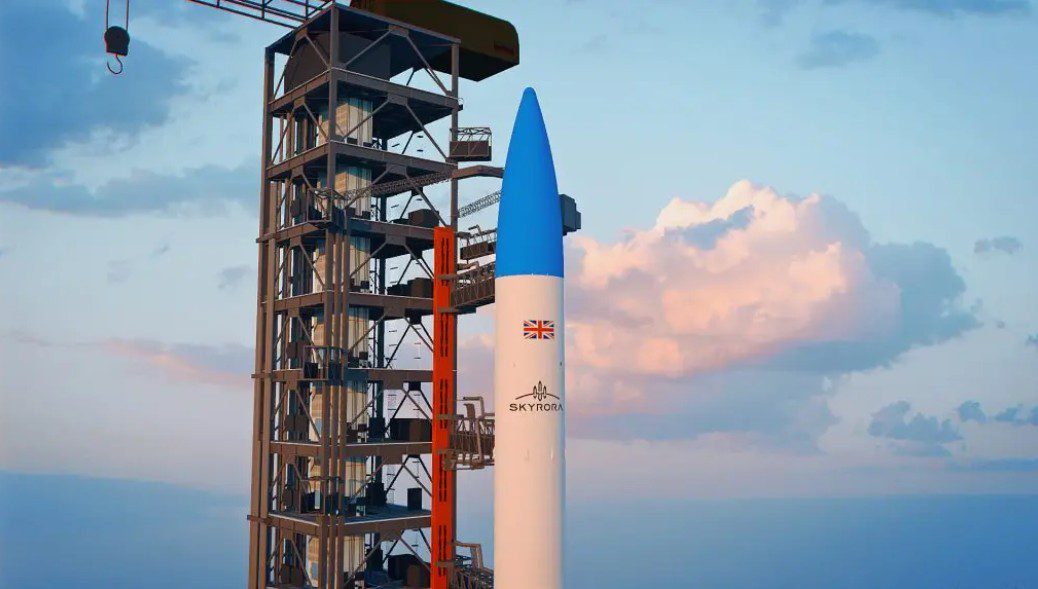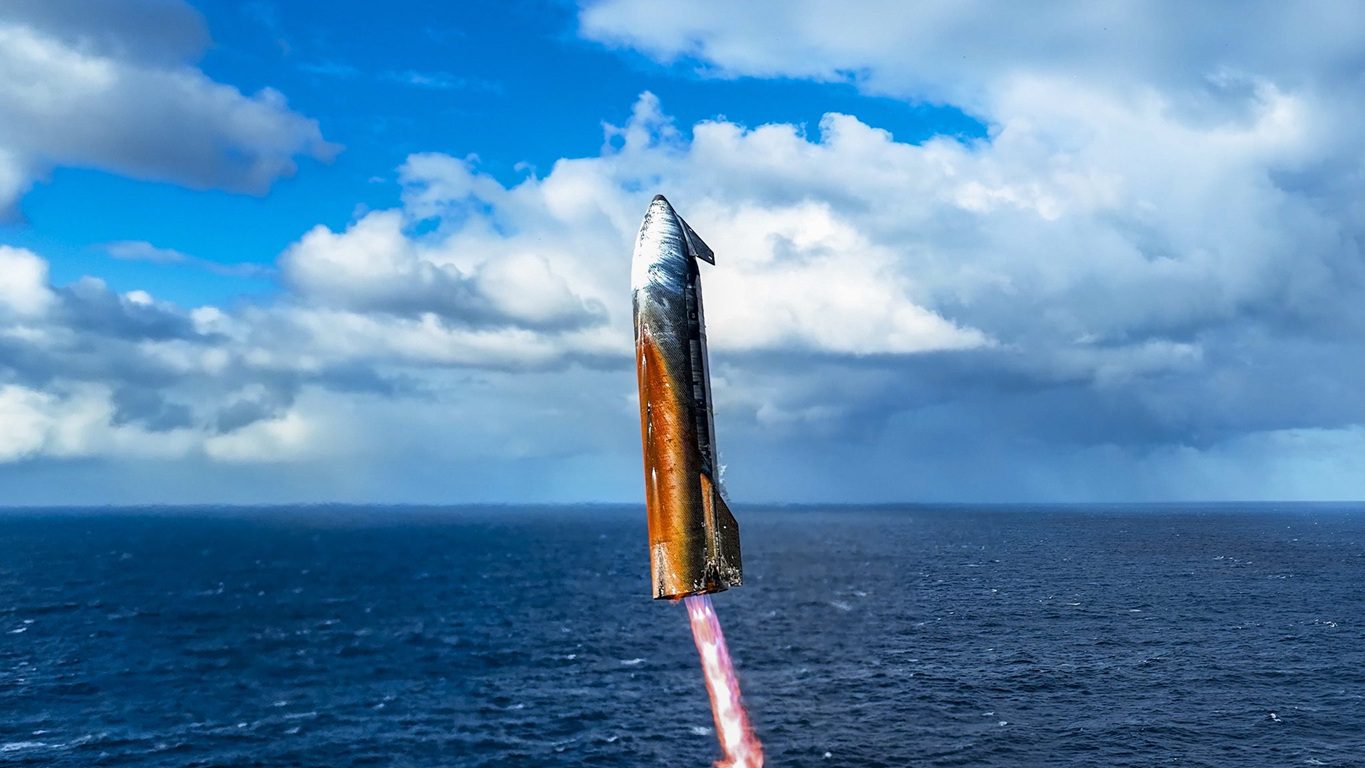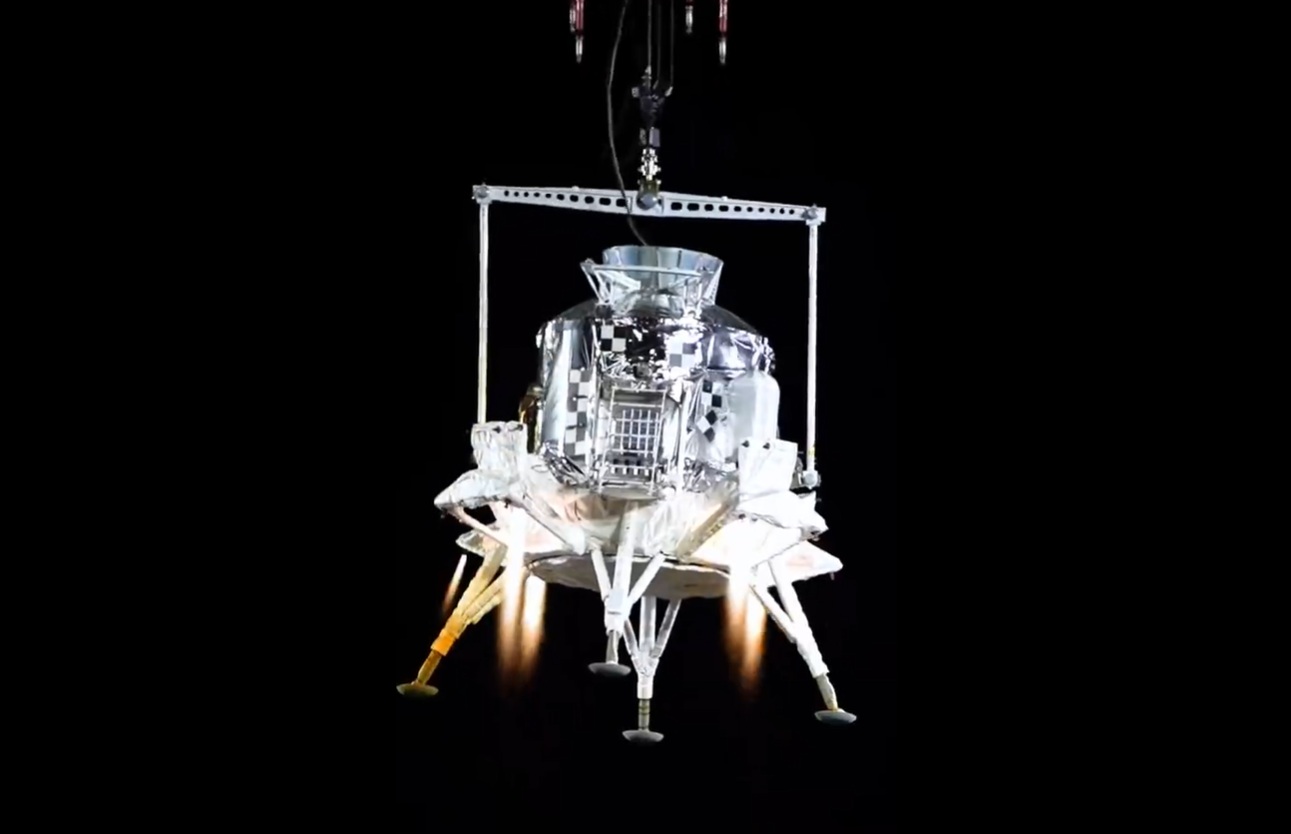In the next few weeks NASA is to announce its selection for the heat shield material for the Orion crew exploration vehicle’s (CEV) crew module. The space agency has told Hyperbola that assuming “all materials and work is completed” the press release could be published this month, so maybe it will actually be April but either way it is a decision that is at least 14-months late
Way back in 2006, before Lockheed Martin Space Systems became Orion prime contractor, it was touting Phenolic Impregnated Carbon Ablator (PICA) as the thermal protection system (TPS) solution citing its use with the Stardust mission that Lockheed built the return capsule for
By December 2006 Lockheed had agreed with NASA that the heat shield would be segmented and not monollithic, a decision that would change, and that it would also use Lockheed’s TPS choice, the Stardust mission’s PICA, another decision that would also change in the year’s to come
However the heat shield was always separate to the main Orion CEV design, development, test and evaluation contract that Lockheed won and in September 2006 Boeing was awarded a contract to examine PICA
But NASA Ames Research Center was leading the work and in that September it was also looking at a super lightweight ablative for what was then termed the Block 1 International Space Station variant crew exploration vehicle
In April 2007 mass issues for Orion were becoming public and the thermal protection system was identified as one of the subsystems being targeted for mass savings
In May 2007 Boeing got $10 million to look at its own PICA variant for Orion and as well as that NASA started an entirely new “advanced technology development” project and paid Textron Systems $24 million to look at the Apollo Avcoat TPS as a potential backup technology – although due to changes in environmental legislation since the 1960s the Orion Avocat would have to be a “reformulation”
In due course, in November 2007, Boeing delivered a protoytpe PICA heat shield to NASA and by February 2008 the space agency was expecting a preliminary design review (PDR) for its PICA heat shield in April that could have then seen this “subsystem” handed over to Lockheed for “integration” with the rest of the CEV
But this PDR doesn’t appear to have come to pass as other considerations for the performance of the heat shield presented major problems for Orion; including its mass margin with a threat of a 20% TPS mass increase required for it to cope safely with lunar return
And then by September last year it was known that the new formulation for Avcoat was edging out PICA in the mass optimisation stakes and that a down select decision, delayed from January 2008, could have been taken during technical discussions in the November that had originally been planned to be the Orion CEV PDR, by then known to be delayed to 2009
During that September however it became clear that the new date for Orion heat shield approval was “early next year” and now we are, where we are
The likely selection of the new Avcoat will not end things though. Two major outstanding Orion mass issues of the TPS and the airbag landing system have been impacting on the launch abort system that in return impacts on the Ares I
It maybe that the TPS selection signals that the airbag conundrum has also been solved and that Orion is finally close to closing on mass and power but this significant technical milestone is not necessarily the beginning of the design reviews’ end
Go here for a video of a presentation by Lockheed Martin Orion team members who explain some of the reasons behind the 10-month Orion PDR delay

